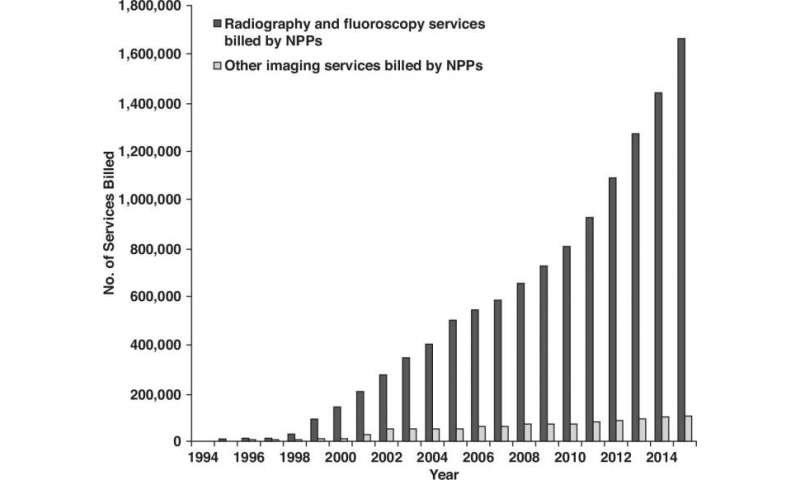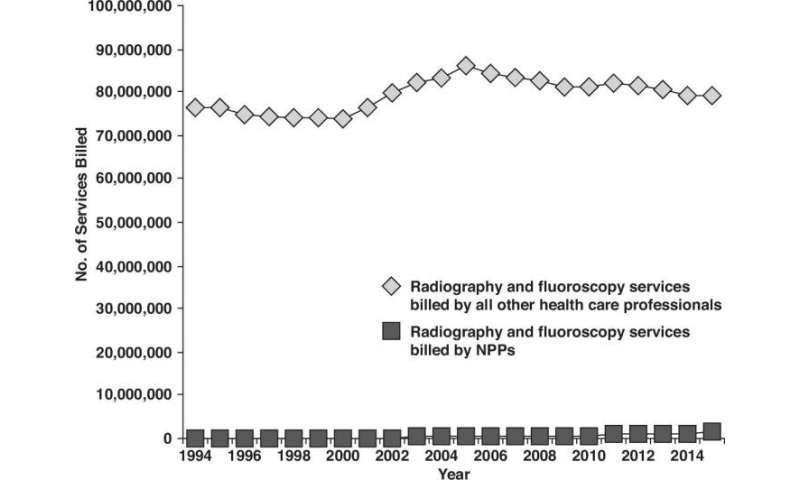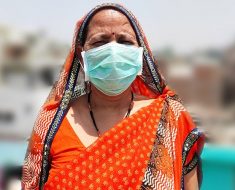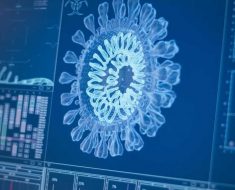
Although Medicare claims data confirm the increasing role of nurse practitioners and physician assistants (NPPs) in imaging-guided procedures across the United States, according to an ahead-of-print article published in the November issue of the American Journal of Roentgenology (AJR), NPPs still rarely render diagnostic imaging services, compared with the overall number of diagnostic imaging interpretations. When NPPs do render diagnostic imaging services, though, said services are overwhelmingly radiography and fluoroscopy.
Whereas considerable state-to-state variation exists in the rates in which NPPs render diagnostic imaging services, these rates are also uniformly low—likely due, in part, to unique scope-of-practice laws and regulations at the state level.
“At present,” Emory University researcher Valeria Makeeva noted, “the near-term likelihood of NPPs appropriating substantial market share in diagnostic imaging is very low.”
Utilizing 1994-2015 Medicare Physician/Supplier Procedure Summary Master Files, Makeeva and colleagues identified all diagnostic imaging services, including those billed by NPPs, and cataloged them by modality and body region. Then, using 2004-2015 Medicare Part B 5% Research Identifiable File Carrier Files, they separately assessed state-level variation in imaging services rendered by NPPs. Total and relative utilization rates were calculated annually.
Nationally, between 1994 and 2015, diagnostic imaging services increased from 339,168 to 420,172 per 100,000 Medicare beneficiaries—an increase of 24%. During this same period, diagnostic imaging services rendered by NPPs increased 14,711% (from 36 to 5332 per 100,000 beneficiaries), yet still represented a mere 0.01% and 1.27% of all imaging in 1994 and 2015, respectively.

Across all years, radiography and fluoroscopy constituted most of the NPP-billed imaging services and remained constant over time (e.g., 94% of all services billed in 1994 and 2015), representing only 0.01% and 2.1% of all Medicare radiography and fluoroscopy services. However, absolute annual service counts for NPP-billed radiography and fluoroscopy services increased from 10,899 to 1,665,929 services between 1994 and 2015.
Makeeva’s team found that NPP-billed imaging was most common in South Dakota (7987 services per 100,000 beneficiaries) and Alaska (6842 services per 100,000 beneficiaries) and was least common in Hawaii (231 services per 100,000 beneficiaries) and Pennsylvania (478 services per 100,000 beneficiaries).
Source: Read Full Article





